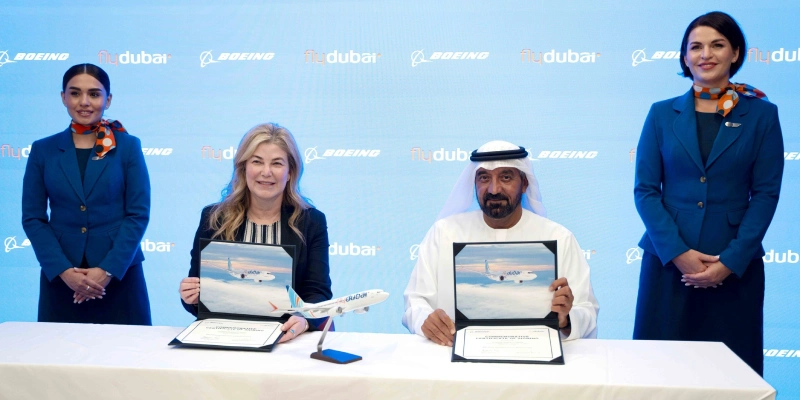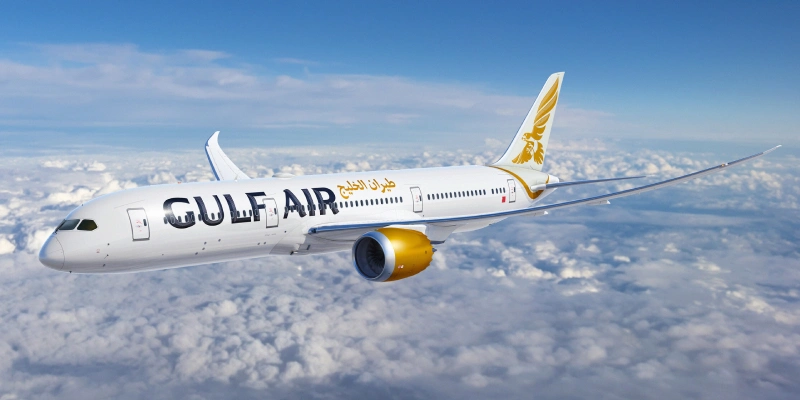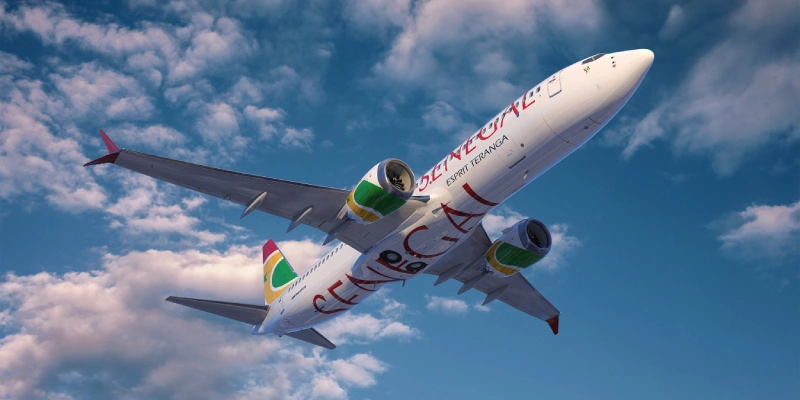At the foot of the French Pyrenees, dozens of aircraft from all over the world are meticulously lined up like toys in a gigantic parking lot. Since the Covid-19 crisis, Tarmac Aerosave has been overwhelmed by the demand for storage from airlines.
See also: The pandemic will slow aircraft manufacturing over the next ten years.
“Since the first confinement, we have had to push back the walls” of Tarmac Aerosave’s platforms, Patrick Lecer, president of this leading European aircraft storage company, present in France and Spain, explains to AFP.
Tarmac Aerosave currently stores about 230 aircraft on its four platforms, up from 150 in 2019. “And the waiting list is long,” notes Lecer.
In the parking lot of the Tarbes platform in southwestern France, a vehicle pulls an A380 for the Emirati airline Etihad.
See also: Singapore Airlines delays delivery of Airbus and Boeing aircraft.
“When an aircraft is stationary, we don’t leave it abandoned. First, we have to seal all the holes and protect the sensitive areas. Then we test the electronic systems and will perform the necessary maintenance to keep them in flying condition,” explains Sébastien Demouron, head of the storage team.
“Today we are verging on saturation. We have to find the right place for each aircraft, like in the game of Tetris,” he says with a chuckle.
On a “perfectly scaled” map, Yannick Stefanelli, the platform’s operations manager, looks for a place for each plane with the help of magnets of different sizes to “rationalize space as much as possible.”
Diversification
When it was founded in 2007, Tarmac Aerosave – which is a subsidiary of Airbus, Safran and Suez – had set out to responsibly recycle the first Airbus aircraft delivered in 1970 and reaching the end of their service life.
But, they quickly realized that there was a demand from their customers to store their aircraft.
By the summer of 2019, air traffic was peaking and forecasts were good. In 2020, Tarmac Aerosave hired 150 more people and was forecasting a 20% increase in turnover. But along came the covid.
“We had a growing demand for storage, but we lost 40% of our turnover from maintenance,” the company’s most profitable activity, stresses Tarmac’s president.
This is because, with little visibility on the revival of air traffic, airlines are postponing their heaviest maintenance operations.
“Some, which were surviving on state aid, are not going to ride out the wave,” and the planes on the ground may never fly again, says Lecer.
His company “has not benefited from the crisis,” he stresses. But it hasn’t fared badly either. “We have managed to stay at the 2019 level, thanks mainly to our four pillars of activity – storage, maintenance, transition and recycling -” which can be used individually depending on the conjuncture.
“Good end of life.”
Meanwhile, for parked aircraft, “it’s important to perform all the small maintenance tasks,” explains Stefanelli, in charge of operations.
And if it is decided to retire an aircraft, “more than 90% of the aircraft is recycled,” says Arthur Rondeau, project manager for the dismantling department.
A “classic” dismantling – outside the A380 – can take six to seven weeks. The customer retrieves some parts that he can resell and then the aircraft is dismantled.
“We often have the image of aircraft piled up and abandoned in the deserts of the United States, which can look like graveyards. Here we take care of aircraft from start to finish to get the most out of them,” he adds.
“We tend to forget that, but these are airplanes that have been around the world. I like to think they’ll have a good end of life here,” says Teddy Saves, a 23-year-old mechanic, as he disassembles a display from an A380.
Related Topics
flydubai Signs MoU to Acquire an Additional 75 Boeing 737 MAX
Gulf Air Orders Additional Boeing 787 Aircraft
Dubai Airshow: Air Senegal Commits to Purchasing Nine Boeing 737 MAX Jets
Dubai Airshow: Ethiopian Airlines Bolsters Its Fleet with 11 Additional Boeing 737 MAX

Plataforma Informativa de Aviación Comercial con 13 años de trayectoria.




